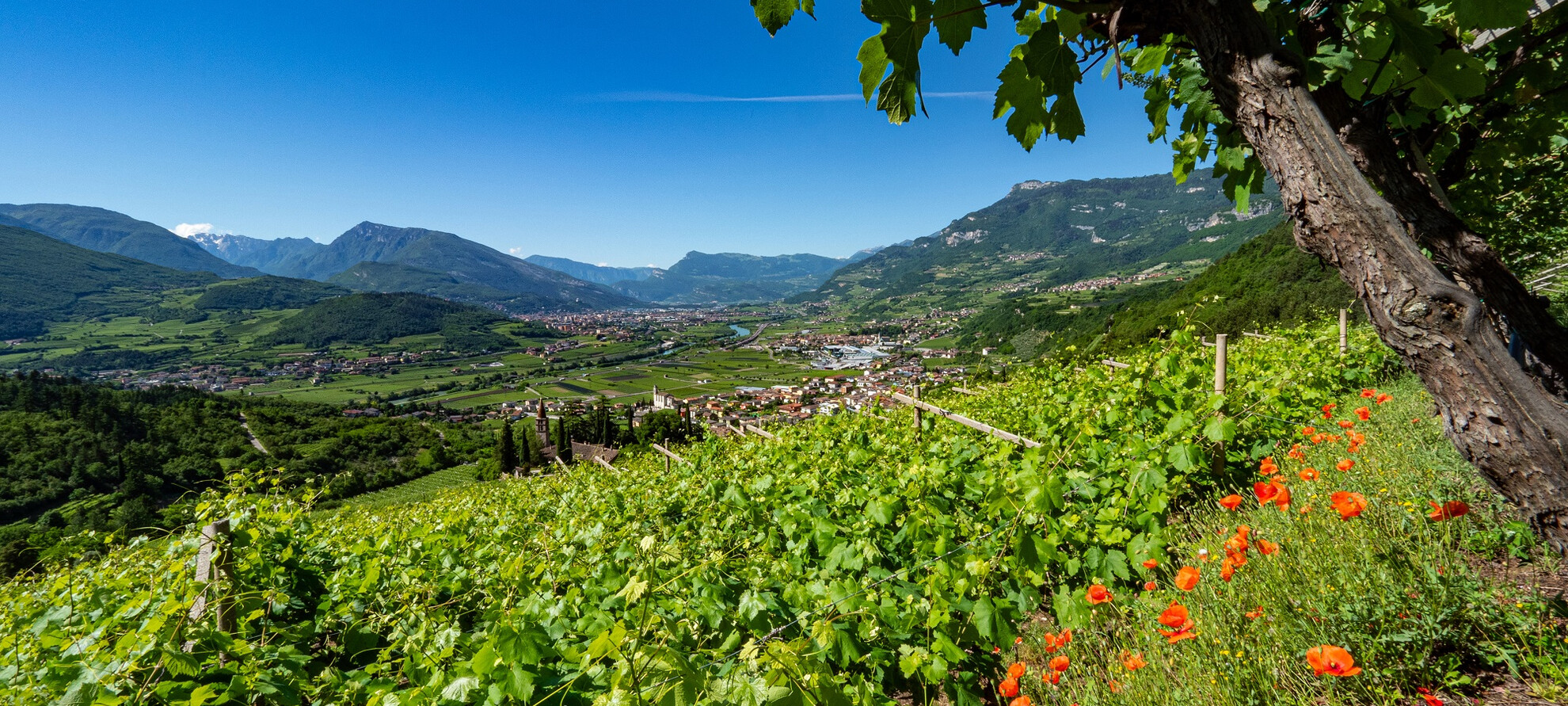Growing resistant grapevine varieties in Trentino
An example of agricultural sustainability in action
Trentino is a region of extraordinary natural beauty, where the scientific research and experiments in the field of agriculture carried out by the Edmund Mach Foundation, combined with the innovation of wine cooperatives and vintners, are resulting in the ever-increasing production of wines from “resistant grapevine varieties”.
But what exactly does “resistant grapevine varieties” mean? Are the vines stronger? More productive? More resistant… to what?
Let's take a step back in time to get a clearer picture.
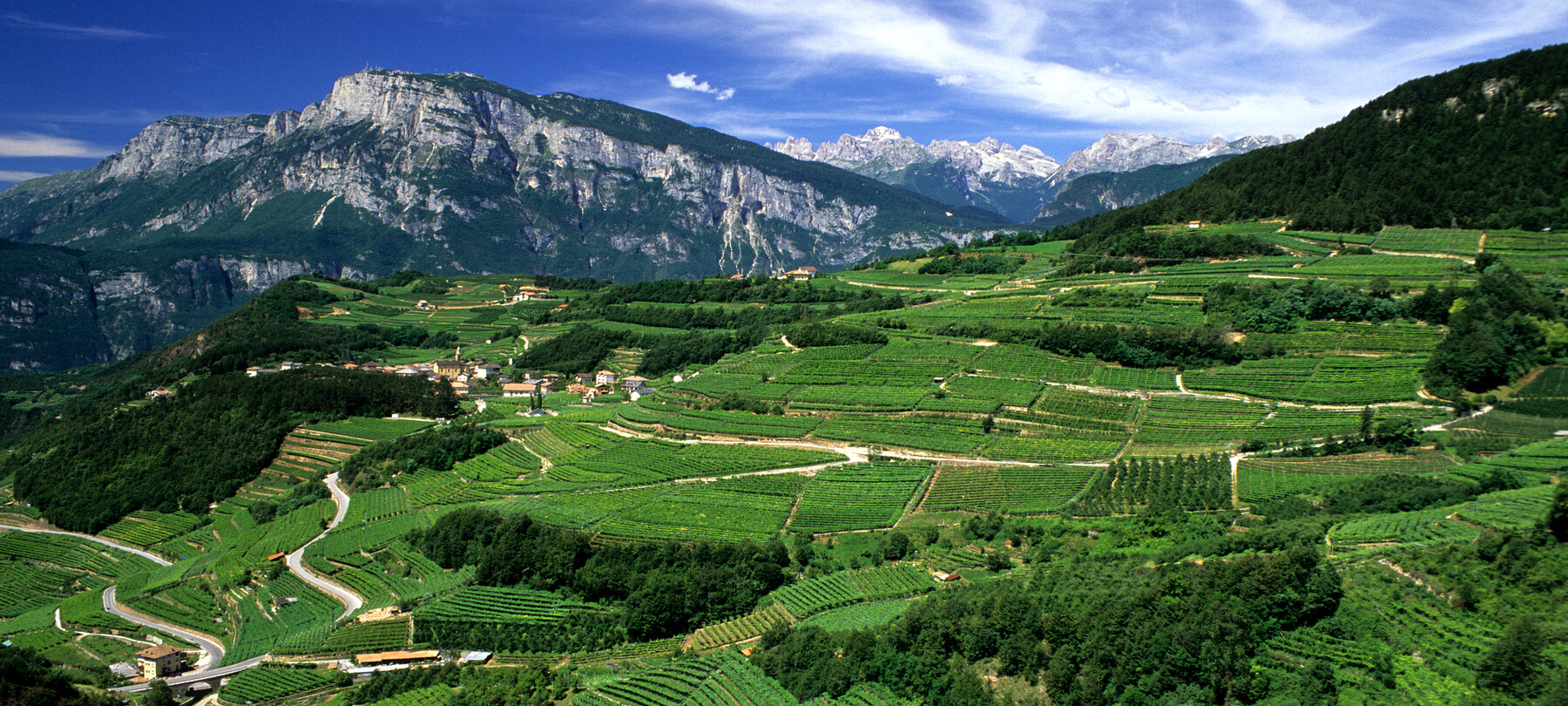
The phylloxera plague
The history of resistant grapevine varieties, which are attracting increasing attention from well-informed consumers as well as among those who work in the field, dates all the way back to 1870. At that time, Europe was being plagued by the phylloxera, a pest (aphid) which came over from America through trans-Atlantic trade and which damaged the roots of European vines, soon leading to their death.
Various ingenious attempts were made to curb this enormous problem, which impacted the cultivation of grapes almost everywhere on the old continent: from flooding fields to treating the roots with smoke from burning brushwood, all to no avail. It was soon noticed, however, that American vines — unlike European ones — were highly resistant to the phylloxera.
Based on this observation, hybrids between the two began to be produced, with the aim of creating varieties which could produce grapes to make wines to sell on the market. Initial results, however, were poor, with the resulting wines featuring serious defects in scent and taste. So a new idea was hatched: grafting European vines onto the roots of American species, giving rise to a practice which is still in use today.
Between 1920 and 1935, these hybrids were also discovered to have a high level of resistance to climate conditions and certain plant diseases such as oidium, peronospora and botrytis.
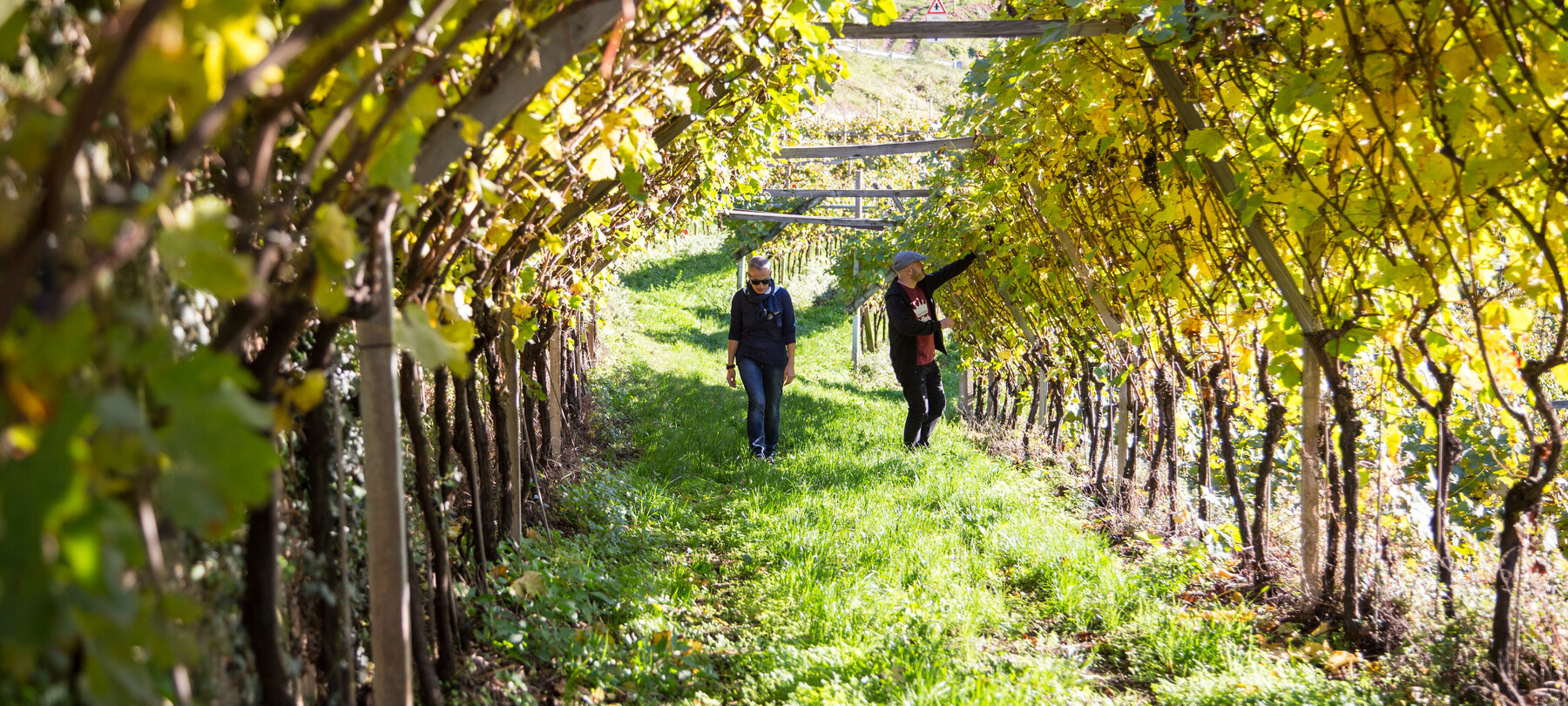
From the first “resistant grapevine varieties” to the present
As experimentations continued, the first wines considered to be of a high enough quality to place on the market were produced between 1970 and 1980 at the Viticultural Institute in Freiburg, Germany. It was the Freiburg institute itself which created the first Pilzwiderstandsfähige, a german term which can be translated as “fungus-resistant vines”, more commonly known by the acronym “PIWI”.
This new trend began to spread rapidly throughout Europe, taking hold in Italy too towards the end of the 1990s with the first experimental plantations between Trentino and Alto Adige.
Many companies in Trentino have been involved with experimenting with, growing, and using these vines to produce wine from the very beginning, helped by the activities of the Edmund Mach Foundation, a research institution which has always supported field investigations and experimentation.
.
A sustainable solution
There are three reasons why many local companies have embraced this style of cultivation, all of which are essentially questions of sustainability: an issue which is and has always been hugely important for Trentino, and which is becoming a greater driver in the decision-making processes of regional companies with every passing day.
These grapevines require much fewer plant protection treatments, the first effect of which concerns health: these species are more suitable for cultivation in zones which directly border inhabited areas and parks. Additionally, given that plant protection treatments are the most costly operations in agriculture, using resistant grapevine varieties means an economic saving for the growers, with a significant impact on their finances. Finally, using varieties which require less care helps to safeguard the cultivation of grapevines in even the most awkward and hard-to-reach locations, adding to the preservation of the agricultural ecosystem and creating increased environmental sustainability.
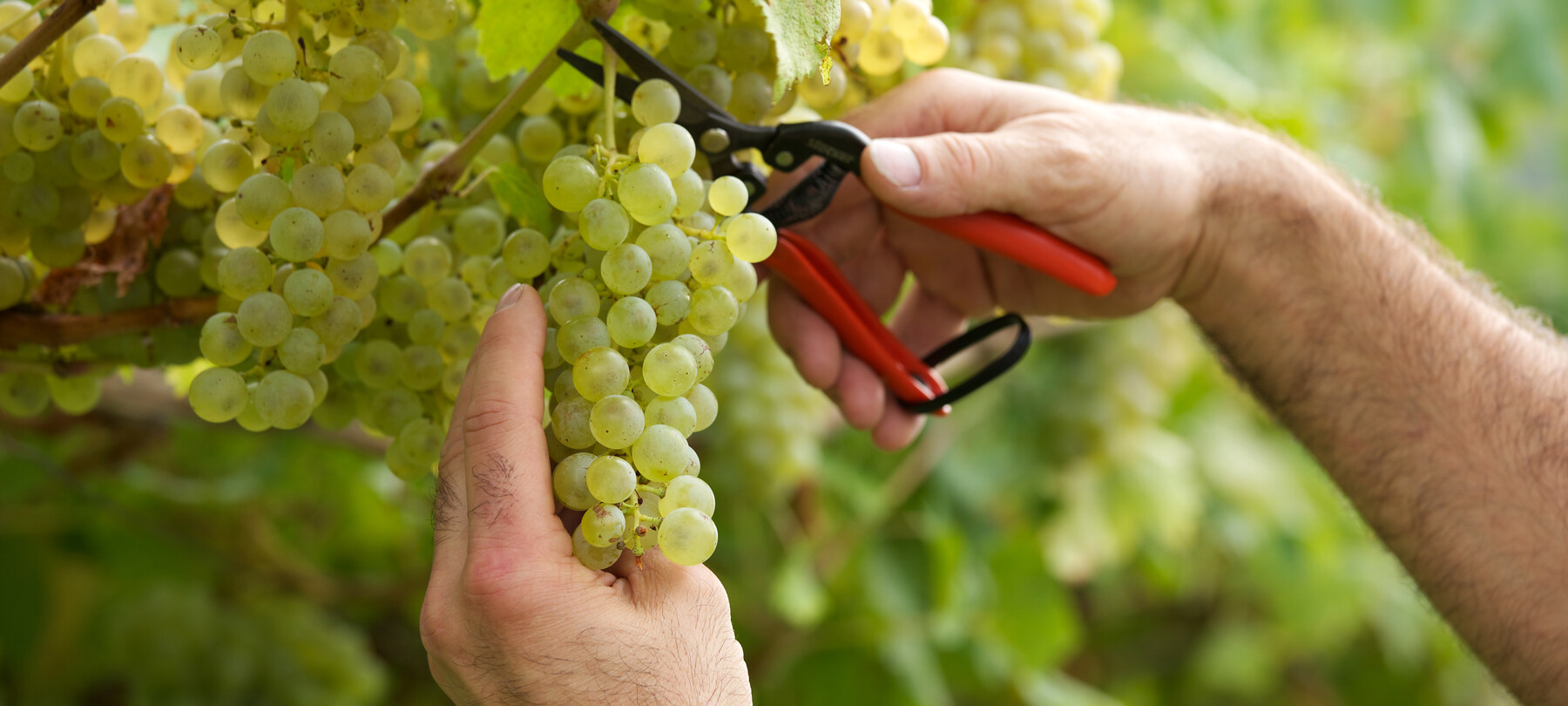
Trentino’s resistant grapevine varieties
There are five main resistant grapevine varieties grown in Trentino: Bronner, Johanniter, Muscaris, Solaris and Souvignier gris. The number of wineries which cultivate them is constantly growing, with ever-better results, thanks in part to the attention and the awareness that has been generated around the issue.
Of these five varieties, the one which stands out is indisputably Solaris, which is grown on 22 hectares and has produced over 230,000 kilogrammes of grapes. It ripens early and its white grapes feature a high sugar content. The wine has a fruity bouquet which sometimes contains hints of pineapple or hazelnuts, while it offers a balanced structure on the palate with a good alcohol content.
Trentino’s second most commonly grown resistant grapevine variety — or tolerant variety, as some prefer to say — is Johanniter. This white grape variety was grown in 1968 by Johannes Zimmerman at the State Viticultural Institute in Freiburg as a result of crossings with Riesling. The wine obtained from these grapes has a delicate fruity scent, characterised by a hint of grapefruit, and the bouquet is pleasant and intense. It has a balanced, smooth and full-bodied taste.
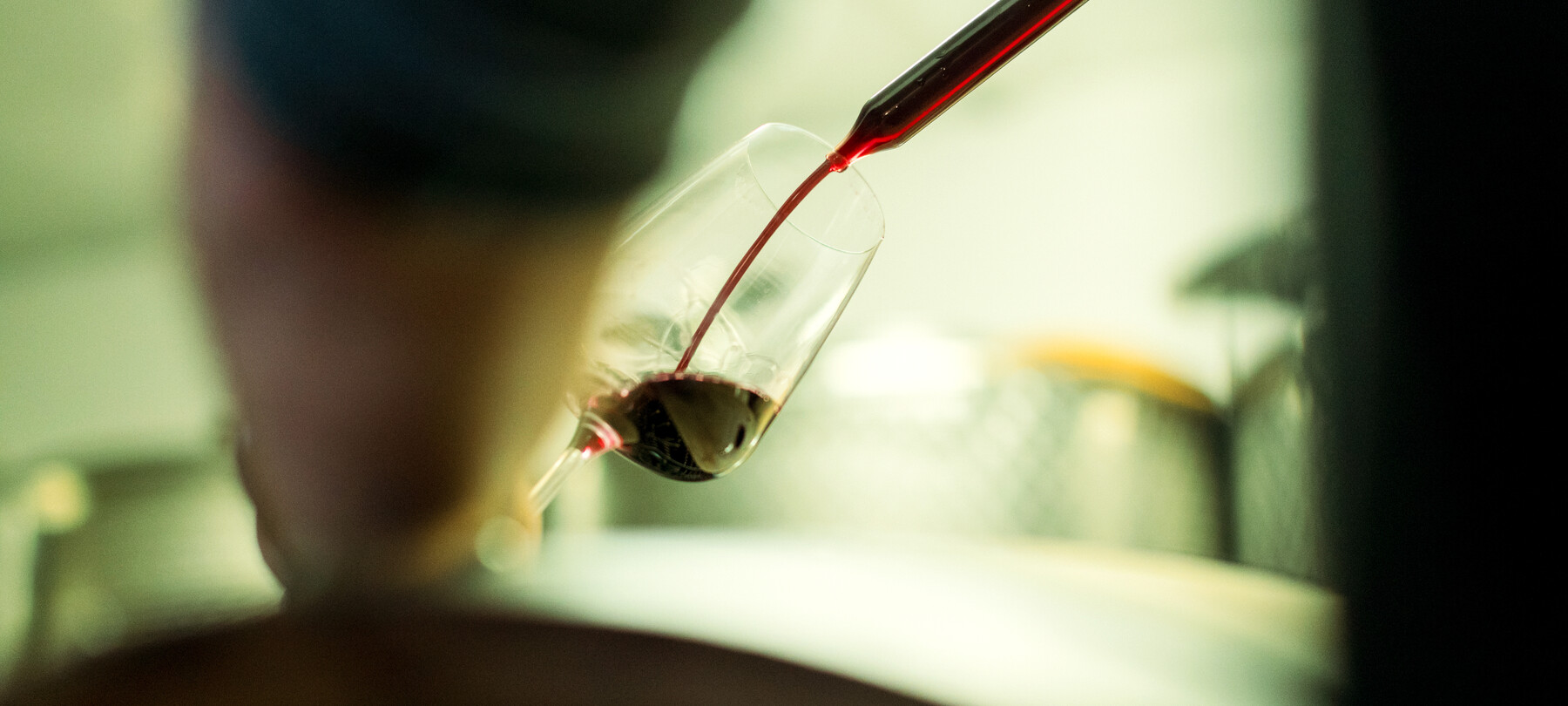
Wineries and wine-growing businesses
The company Pojer & Sandri is a pioneer of growing and producing wine from Solaris in Trentino. Mario Pojer and Fiorentino Sandri have always been at the cutting edge, even when being at the cutting edge means doing nothing: the very concept which inspired the name for their first wine from resistant grape varieties. An ancestral wine with ZERO chemical impact: zero in the field, and zero in the cellar. It took 80 years of research, 39 harvests, and a great deal of experimentation in the wine cellar at Faedo, between Valle dell’Adige and Valle di Cembra, to achieve this purity: the fruit of the vines transformed into wine, with nothing extra added.
The Cantina Sociale di Trento wine cooperative, instead, has created a special line that begins with choosing particularly resistant grapevine varieties which, when exposed to their ideal weather conditions, produce wine from grapes which need no plant protection treatment.
This utopia that becomes a reality is called Santacolomba: a real place, intact in its mountainous nature. Specifically, there are two wines in this line: Santacolomba and Santacolomba Brut Nature. Both are obtained from grapes of the Solaris, Bronner and Johanniter varieties.
These are just a few examples of the many wines from resistant grapevine varieties that can be found in the wine cellars of Trentino: cellars whose everyday agricultural and wine-making activities respect the land, the countryside and the environment, to the benefit of visitors and inhabitants alike.
Do you want to know more about Trentino wines?

